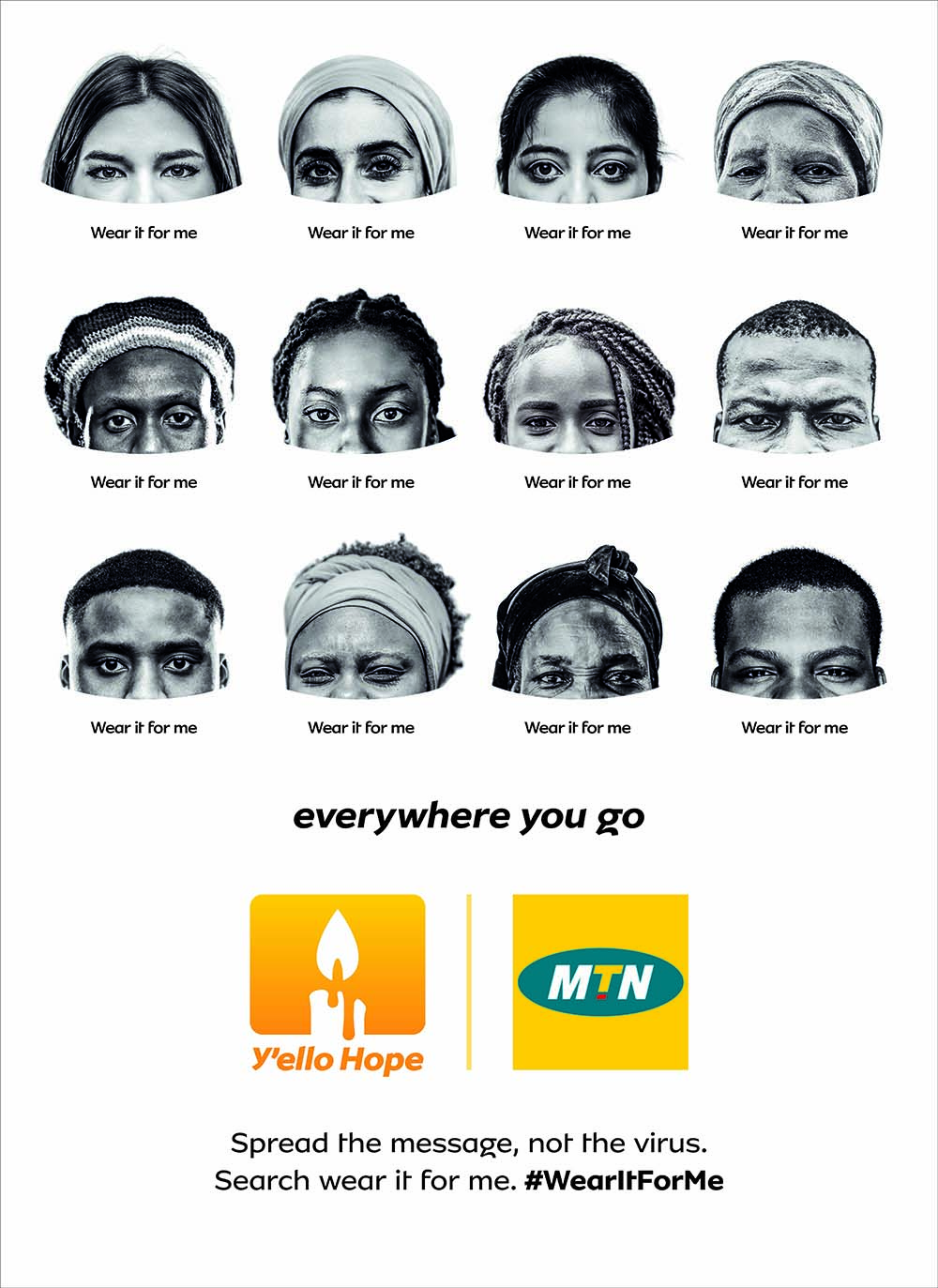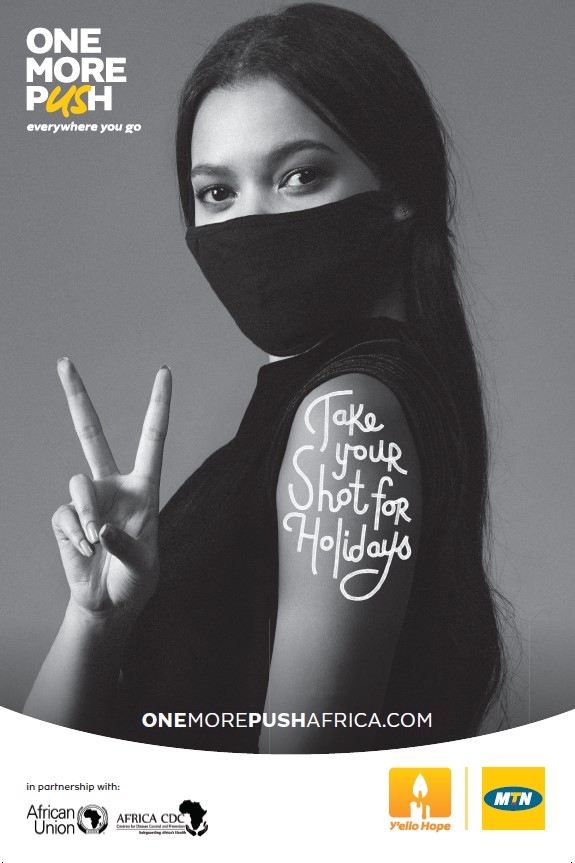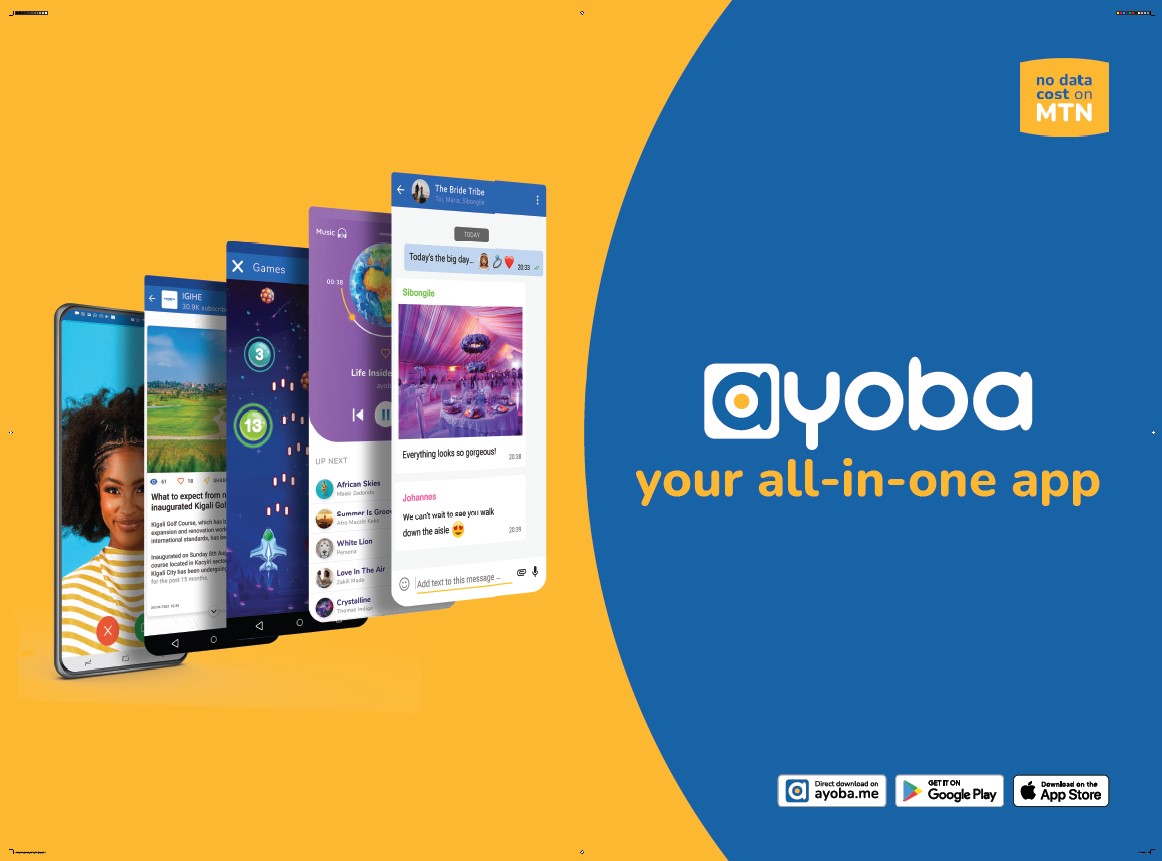Bernice Samuels, Chief Marketing Officer at telco MTN Group, spoke to WARC’s Anna Hamill about adapting to COVID-19 across Africa, digital inclusivity, and using data-driven insights in developing markets.
Toolkit 2022
This interview is part of WARC's Marketer's Toolkit 2022. Read more.
Key insights:
- Use the disruption of the COVID-19 pandemic to reconsider business processes and approaches to issues such as financial and digital inclusion and sustainability: are they fit for purpose in a new world?
- The challenge for brands isn't getting data, but the ability to integrate that information and derive meaningful insights from it.
- Digitalisation (automation and self-service), demonetisation (transition to mobile money) and dematerialisation (learning from physical presence to virtual) have all been accelerated by the pandemic.
COVID is far from over in many developing countries. How is MTN responding to that?
We had a few countries where COVID-19 arrived and resulted in quite a lot of upheaval – South Africa was one – but if you look across the continent, in many ways, life went on pretty much as usual. MTN Group operates in 23 markets: 17 on the African continent and the balance in the Middle East... we looked at COVID and its potential impact (based on the lag effect), and knew we had to respond.
Every business out there has elaborate plans around digitalization, digital automation, digital self service, etc...COVID accelerated a lot of those plans and ambitions that we had pencilled in.
The first focus was transforming the organisation very quickly to respond to a new reality. Our distribution is physically on the streets via ‘foot-soldiers’ (as we call them) – only about 10% of our base actually uses digital mechanisms to recharge, and 90% of our customer service is in an assisted environment. In a situation where countries entered lock-downs, i.e. we didn't have our foot soldiers walking the streets, we needed to react.
Digital inclusion demands digital transformation. In Africa, the mobile phone is the first and only way they will ever experience the internet. We upped our game by improving digital interfaces and introducing chatbots, for example. We enhanced our self-service platforms and simplified the user journey to ease the use of those platforms.
Looking at the trend toward demonetisation and our commitment to enabling financial inclusion across our markets in Africa and the Middle East, we enhanced our mobile money value propositions and encouraged the migration from cash to mobile money.

Bernice Samuels, Chief Marketing Officer, MTN Group
And despite the upheaval, the brand’s approach to sustainability was still a focus?
One of the real focus areas was business continuity and sustainability in our transformation journey from a telco to a technology company. What are the benchmarks? What does ‘good’ look like? This reflection also introduced new conversations around global ESG (environmental, social, and governance) targets. For example, our ‘Road to Zero’ programme targets were accelerated with a bold ambition to now be ‘net zero’ by 2040. We are quite clear that our growth and success in building our infrastructure to achieve greater financial and digital inclusivity, should not come at the expense of the future of the planet.
It sounds as though the pandemic has fundamentally transformed many parts of your business.
Completely. You have to look at this as systemic change. The very nature of a technology company is that it is matrixed and networked: if you hit a domino in one area, it's going to have an impact that ripples somewhere else. We saw very, very real evidence of this across the business, and it helped us appreciate just how integrated and vital we are in the daily life and experiences of our customers. Essentially, they have given us not just their custom, but their trust to help them stay connected, transacting, being productive, learning and entertained.
Did the way that you communicate with your customers change at all during this time?
From a marketing point of view, it was about nudging people, and saying “you can protect yourself, and these are the very simple ways you can do that”. We ran a campaign called ‘Wear It For Me’ highlighting the role of mothers in African culture to promote mask wearing.
This was followed by ‘One More Push’, a campaign which supported our contribution of $25M to AfricaCDC to assist in the procurement of vaccines in Africa, by nudging people to ‘take your shot for us.’
In many of our communities, there isn’t access to fresh running water. So telling people to wash their hands is not always relevant. Same for maintaining social distance. If you live in congested living conditions, it is really difficult to socially distance. Our focus was that whilst we know the first two may be hard, you can still wear a mask to protect yourself and those around you.
We also looked at our ecosystem and our value propositions: offering revised pricing on data bundles, zero rates on mobile money remittances, free access to data for learners and students at accredited institutions, to mention a few.
From a community aspect, COVID really had us looking at the markets we serve and exploring ways to aid at a community level – whether that was food parcels or providing access to government related pandemic information.


Wear it for Me, One More Push (MTN Group)
Digital inclusion is a huge part of MTN’s brand story. How are you integrating the brand into people’s lives in different ways?
Digital inclusivity, for us, is a discipline in our business with a specific framework. We give it meaning through our brand strategy, and our core belief that everyone deserves the benefits of a connected life. Our brand strategy is, very simply, how do we support Africa's progress? Our strategy is encompassed in what we think is a simple formula: opportunity plus energy equals progress.
MTN brings the opportunity to the table in providing network coverage, low cost handsets, affordability, appropriate services and education, i.e. what is the internet, why might you need the internet, what does it cost to stream a song, what social mediums exist and why and how do you use them.
The customer has a personal ambition to be better tomorrow than they are today, and they bring the energy of their dreams and aspirations to the equation. Together, we progress the African continent, communities, and customers. It has allowed us to have a deliberate purpose and centre of gravity across the markets in which we operate.
How does a telco brand like yours expand its ambition and play a role in Africa’s wider economic development?
We talk about digital platforms for Africa's progress. An example of such a platform is Mobile Money. We want to be the biggest bank in Africa – that's the ultimate ambition. Another platform we are working hard on is Ayoba, our all-in-one OTT app, to become the platform that Africans default to for instant messaging, entertainment, news and e-commerce on the continent. It's quite an integrated strategy. Everything we do is mapped to where it's ultimately going to make a difference in the lives of our user base and have an impact on the longer success of our business and brand.

Source: Ayoba (MTN Group)
How do you collect and use data-driven insights?
Data is not really a challenge for a company like MTN. There's a lot of contextual data that we have: aggregated data across the usage dynamics of the customer base, personal data, network-related data, device related data, etc. The challenge isn't getting data, but the ability to integrate that information and derive meaningful insights from it.
Our customer value management (CVM) system allows us to personalise relative to customer segments or cohorts, as well as individuals. Our data analytic environment is incredibly rich, not just based on customer behaviour, but also contextual information.
I think we have a market advantage that a ‘physical first, digital second’ business might not necessarily have at their fingertips. A lot of that transformation has been accelerated around COVID… rethinking old ways and looking at things with a fresh pair of eyes has been incredibly exciting.
How do you approach campaign measurement, especially in some markets which may be more challenging than others?
I believe everything always has an impact, it's just a matter of the volume on the dial. We still use mass-reach channels like television and radio… it’s very much influencing behaviours and the long-term goals of the brand. Day-to-day performance marketing happens with third party channels, digital channels, our own channels and our CVM (customer value management) environment. Essentially, we have a data warehouse and a data lake, and CVM sits on top of that driving personalised campaigns below the line across our customer base.
We're able to see very quickly if something is working based on new connections, usage, recharges, calls and browsing and load across our network.
It's a hybrid of the online and offline world coming together. We have very few stores in aggregate – our distribution goes out to customers, they don't necessarily come to it. So our monitoring is across a range of areas – brand desire, market effects and brand equity, communication effectiveness are more long-term lead indicators. The day-to-day is connections, churn rate, recharge rate, call centre interactions, customer recovery, cart abandonment… all of those dynamics come through very strongly for us.
Have any of those metrics changed over the last couple of years?
Yes and no. The changes are ones we introduced around digitalization and our digital automation aspirations – we are monitoring these very closely. Currently, only 10% of customer interaction is self-service and 90% is assisted. We're hoping to go from 10% to 70% self-service interactions by 2025.
The challenge for us is ensuring that we take ourselves to where customers are rather than expect them to come to us. If they happen to be on Facebook, for example, and they need data to continue surfing, they are able to recharge without leaving the platform. So those metrics are absolutely changing.
Likewise, understanding how we are migrating customers in terms of our broadband and digital inclusivity ambitions. For example, we can message a customer who is on a 4G network coverage area on a 4G device, but hasn't turned it on and is only using 3G, to get them to switch it on. Those metrics are fundamental in terms of our overall business ambitions.

